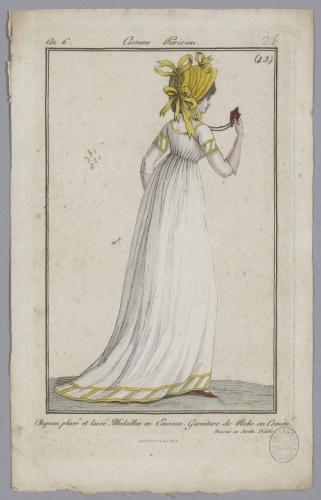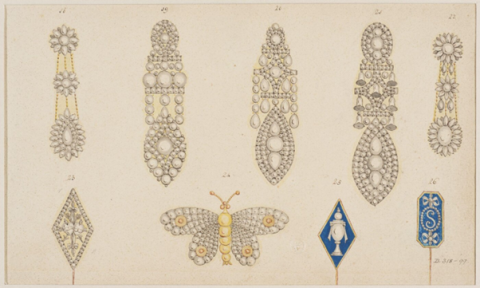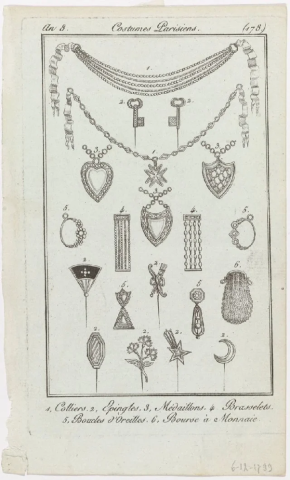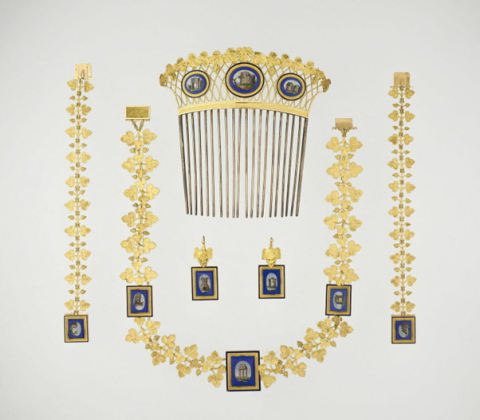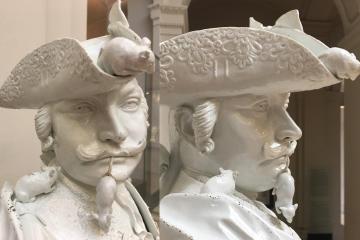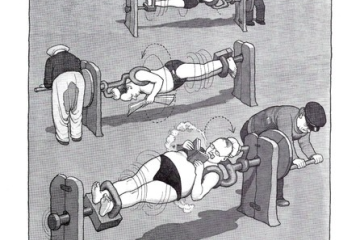Jewellery is often a mirror to the world. Jewellery and fashions reflect wars, social changes and artistic developments.
This talk will look at jewellery design from the neo-Classicism of the late eighteenth century, inspired by the excavations of Pompeii and Herculaneum, to the revival of Gothic art in the early nineteenth century. Jewellery was not just fashionable but often political, like the guillotine earrings of the French Revolution or the rings made to mourn Horatio Nelson.
Novelists like Austen also used jewellery to move their plots on. The lecture explains how Austen used jewellery in her novels to create an impression of her characters, show their changing affections and reflect on their good taste or otherwise. Wearing a ring set with the hair of the beloved sent a powerful message! Much of the jewellery in Austen's novels was based on her own life, like the topaz cross gifted by her brother which becomes a key plot element in Mansfield Park.
How to book this event:
Email: wensleydale@artssociety.org
THE ARTS SOCIETY ACCREDITED LECTURER
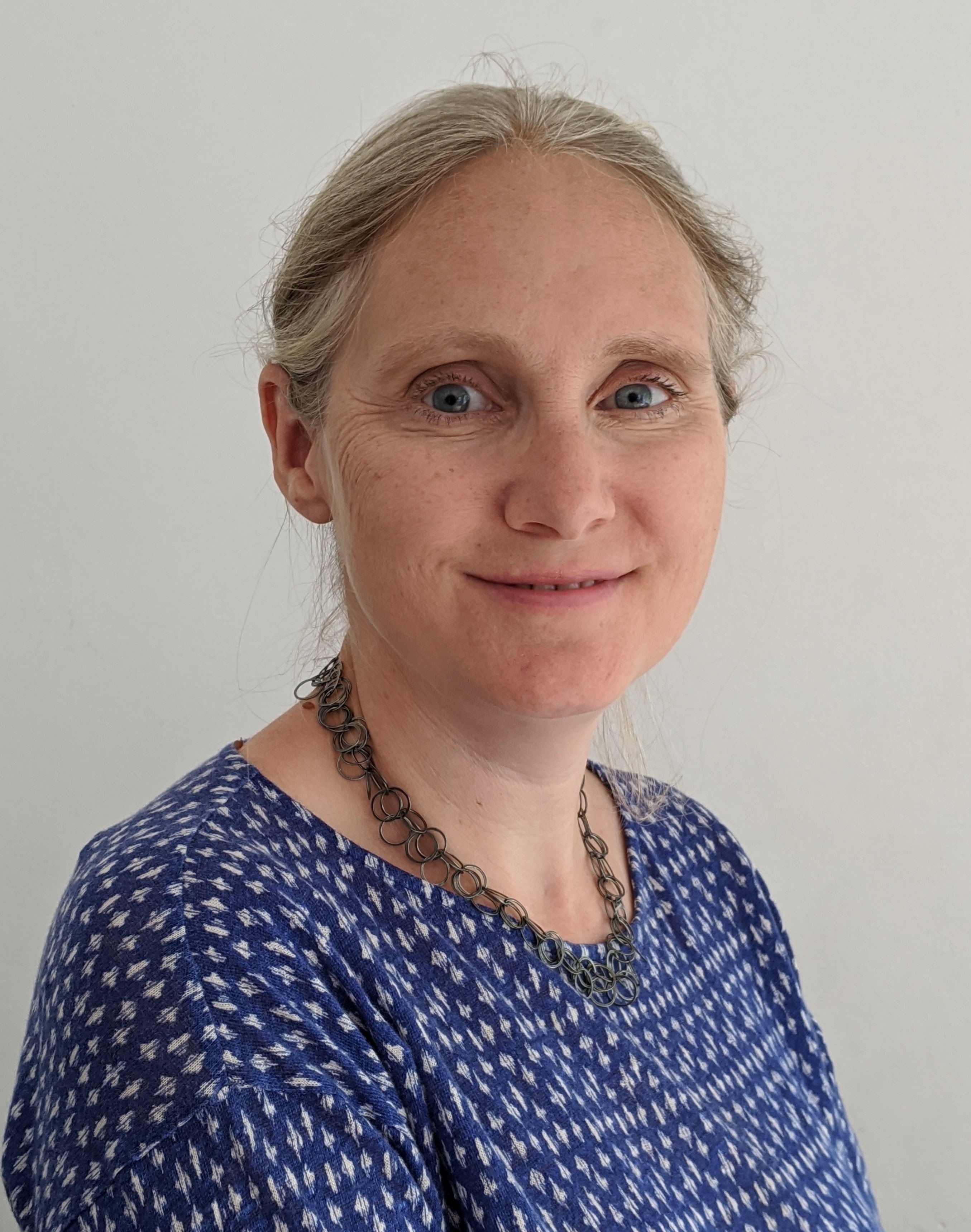
Ms Rachel Church
Rachel Church studied history at the University of Cambridge, followed by an MA in Museum Studies from Leicester. She was a curator at the Victoria and Albert Museum from 1998 to 2021 and worked on major museum projects such as the refurbishment of the Silver Galleries, the British Galleries and Sacred Silver and Stained Glass Galleries. She was part of the core team which redisplayed the William and Judith Bollinger Jewellery Gallery. She has researched and written widely about jewellery, including Rings (V&A / Thames and Hudson, 2011 and 2017) and Brooches and Badges (V&A / Thames and Hudson, 2019). Her website www.thelifeofjewels.com explores stories behind jewellery and its history.
OTHER EVENTS
Read Memorial Lecture - The amazing fairytale of how Meissen porcelain - Europe’s first manufactory of ‘true’ porcelain – was discovered
Learn about W. Heath Robinson, who became famous for drawing rickety, bizarrely complicated devices to carry out the simplest of tasks.



